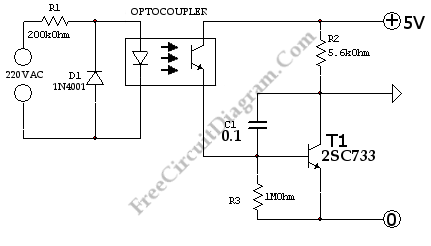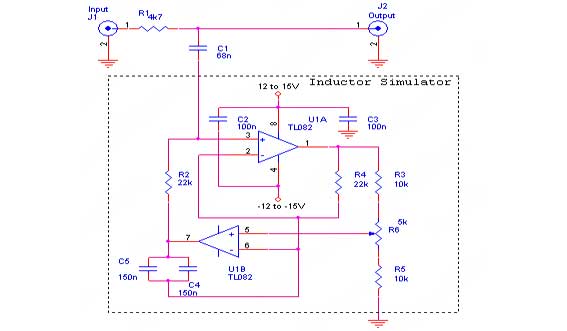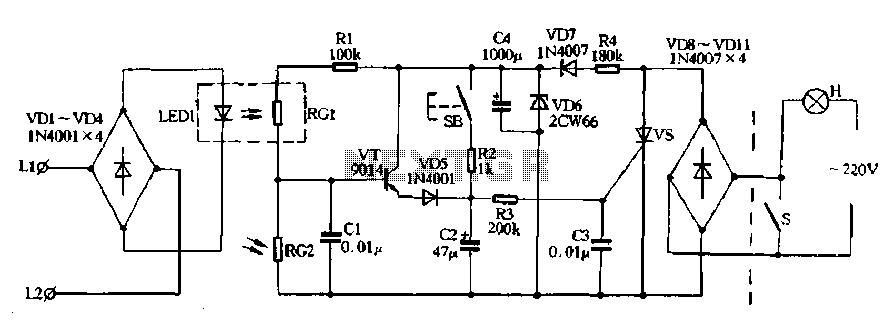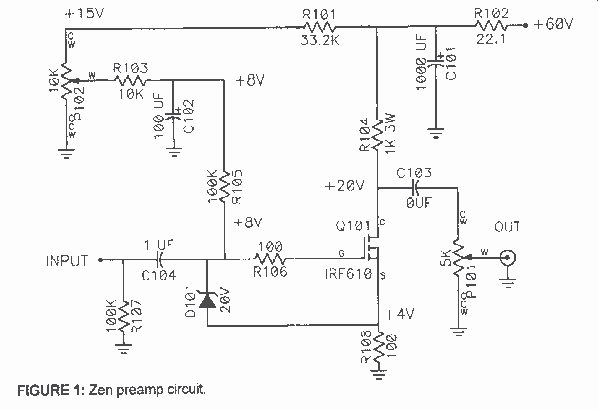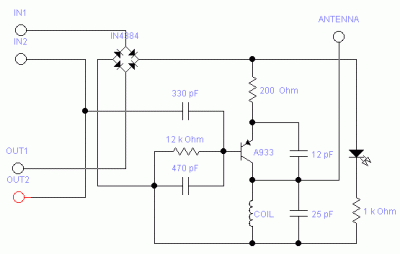
Telephone Line Indicator
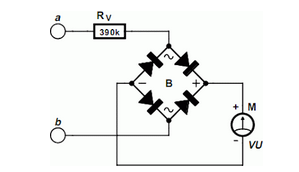
Using an old moving coil instrument, it is quite easy to create a simple voltmeter that visually indicates the status of a telephone.
A simple voltmeter can be constructed using an old moving coil instrument, which is a type of analog meter that measures electrical voltage. The moving coil mechanism operates on the principle of electromagnetic induction, where a coil of wire is placed in a magnetic field. When a voltage is applied across the coil, it generates a current that creates a magnetic field, causing the coil to move. This movement is proportional to the voltage and is indicated on a calibrated scale.
To build a voltmeter for monitoring the status of a telephone line, the following components are required: the moving coil instrument, resistors for current limiting, and possibly a rectifier if the voltage to be measured is alternating current (AC). The circuit should be designed to ensure that the input voltage does not exceed the maximum rating of the moving coil meter, which can be done by selecting appropriate resistor values to create a voltage divider.
The voltmeter can be connected in parallel with the telephone line, allowing it to measure the voltage present when the phone is in use or idle. The meter's needle will deflect in response to the voltage level, providing a visual indication of the line's status. This setup can be particularly useful for troubleshooting telephone lines or monitoring their operational status without the need for advanced equipment. Calibration of the voltmeter may be necessary to ensure accurate voltage readings, especially if the instrument is repurposed from another application.
Overall, the simplicity of using an old moving coil instrument for this purpose highlights the effectiveness of analog devices in providing straightforward visual feedback in electrical applications.With the aid of an (old) moving coil instrument it is very little effort to make a simple voltmeter that, at a glance, indicates the status of a telephone.. 🔗 External reference
A simple voltmeter can be constructed using an old moving coil instrument, which is a type of analog meter that measures electrical voltage. The moving coil mechanism operates on the principle of electromagnetic induction, where a coil of wire is placed in a magnetic field. When a voltage is applied across the coil, it generates a current that creates a magnetic field, causing the coil to move. This movement is proportional to the voltage and is indicated on a calibrated scale.
To build a voltmeter for monitoring the status of a telephone line, the following components are required: the moving coil instrument, resistors for current limiting, and possibly a rectifier if the voltage to be measured is alternating current (AC). The circuit should be designed to ensure that the input voltage does not exceed the maximum rating of the moving coil meter, which can be done by selecting appropriate resistor values to create a voltage divider.
The voltmeter can be connected in parallel with the telephone line, allowing it to measure the voltage present when the phone is in use or idle. The meter's needle will deflect in response to the voltage level, providing a visual indication of the line's status. This setup can be particularly useful for troubleshooting telephone lines or monitoring their operational status without the need for advanced equipment. Calibration of the voltmeter may be necessary to ensure accurate voltage readings, especially if the instrument is repurposed from another application.
Overall, the simplicity of using an old moving coil instrument for this purpose highlights the effectiveness of analog devices in providing straightforward visual feedback in electrical applications.With the aid of an (old) moving coil instrument it is very little effort to make a simple voltmeter that, at a glance, indicates the status of a telephone.. 🔗 External reference
